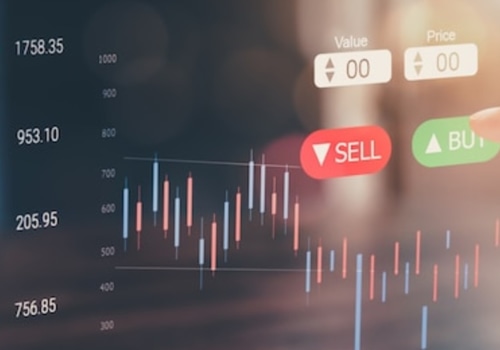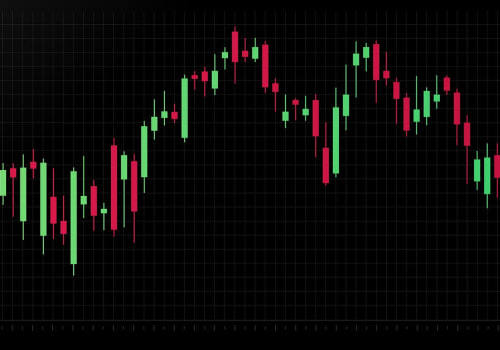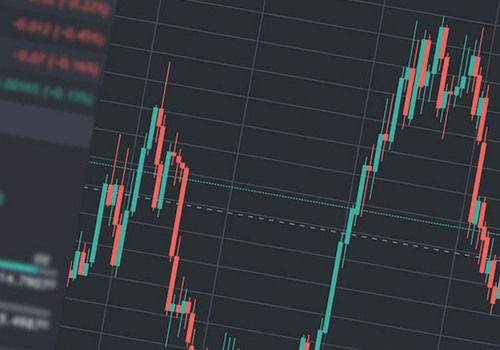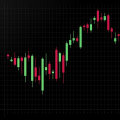Are you looking to get the most out of your Forex trading strategies? Do you want to take advantage of the potential profits that can come with programming EAs on MT4/MT5 platforms? If so, then this article is for you! In this article, we'll be exploring the advantages and potential pitfalls of programming Expert Advisors (EAs) on MT4/MT5 platforms. We'll also discuss the benefits of using these platforms for trading strategies, and some tips for getting the most out of them. So, if you're ready to take your trading to the next level, read on!Programming Expert Advisors (EAs) on MetaTrader 4/5 (MT4/MT5) platforms is a popular way to automate trades and create automated trading strategies. EAs are software programs that can be programmed with a set of instructions and rules to place, manage, and close trades according to predefined parameters.
They are an ideal way for traders to save time and benefit from taking advantage of numerous opportunities in the markets. There are several types of automated trading strategies available on MT4/MT5, including scalping, trend following, news trading, arbitrage, and hedging. Choosing the right strategy for your needs depends on your risk appetite, trading style, and goals. For example, scalping strategies are more suitable for short-term traders with high risk tolerance, while trend following strategies may be more appropriate for long-term traders. The programming process for EAs on MT4/MT5 involves setting up a code editor and learning how to write MQL4 or MQL5 code. Programming skills such as C++ or Java may also be useful for creating more complex EAs.
Once the EA is coded, it needs to be compiled and tested in a demo environment before it can be deployed in a live trading environment. Successful EAs can be found by searching online or through third-party websites. It is important to thoroughly test and optimize them before using them in a live trading environment. Testing and optimization should include backtesting with historical data to check if the EA performs as expected in different market conditions. Additionally, the EA should be stress tested over multiple timeframes to ensure that its performance is consistent. Using EAs for automated trading comes with both risks and rewards.
While they are convenient and allow traders to take advantage of multiple opportunities in the markets, they also come with certain risks such as slippage, market volatility, and requotes. Additionally, there is no guarantee that an EA will always produce profits, so proper risk management is essential.
Programming an EA on MT4/MT5
Programming Expert Advisors (EAs) on MetaTrader 4/5 Platforms is an effective way of automating trading strategies. To get started programming an EA on MT4/MT5, traders need to have a basic understanding of programming languages such as MQL4/MQL5. Traders can also use third-party software to help them develop their EAs. Once the programming language and tools have been chosen, traders need to create a program that implements their trading strategy.This involves setting up conditions for opening or closing positions, defining risk management parameters, and choosing how trades will be managed. After the program has been written, it needs to be tested in a simulated environment before being deployed in a real trading account. To ensure that the EA is functioning as expected, traders need to monitor its performance regularly and make adjustments as needed. It is also important to keep in mind that the conditions of the markets may change over time, meaning that traders need to update their EAs accordingly.
Risks and Rewards of Using EAs
Using Expert Advisors (EAs) for automated trading on MetaTrader 4/5 platforms is an attractive option for traders who want to take advantage of the potential profits that can be made from the Forex markets.However, there are certain risks associated with using EAs, which need to be taken into consideration when considering this type of trading strategy. One of the main risks associated with using EAs is the potential for losses. Although EAs can be programmed to execute trades automatically, they can still make mistakes or fail to identify market conditions that could lead to losses. Additionally, since EAs are based on algorithms, they can be vulnerable to market changes and can be impacted by unexpected events. Therefore, it is important to understand the risks associated with using EAs before investing. In addition to the risks, there are also potential rewards associated with using EAs.
For example, EAs can help traders maximize their profits by allowing them to enter and exit trades quickly. Additionally, since EAs are programmed to execute trades according to predetermined rules, they can reduce the amount of time that a trader needs to spend analyzing the markets and making decisions. This can help traders save time and money when trading. When considering using EAs for automated trading, it is important to understand both the risks and rewards associated with this type of strategy. By understanding the potential benefits and risks associated with EAs, traders will be able to determine whether this type of strategy is right for them.
The Basics of Automated Trading Strategies on MT4/MT5
Expert Advisors (EAs) are automated trading strategies that allow traders to automate their trades on MetaTrader 4 and 5 platforms.EAs are popular amongst traders as they make trading easy and efficient. There are various types of automated trading strategies available on MT4/MT5 that traders can use to optimize their trading strategy. The most common type of automated trading strategies are trend-following strategies. These strategies use indicators such as moving averages and Relative Strength Index (RSI) to identify the direction of a currency pair’s trend. Once the trend is identified, the EA will then enter trades accordingly.
Other automated strategies include scalping, counter-trend strategies, and break-out strategies. Scalping is a strategy where trades are entered and exited very quickly with the aim of making small profits. Counter-trend strategies involve entering trades in the opposite direction of the current trend. Break-out strategies involve entering trades when prices break out of certain levels. There are also other types of automated trading strategies available on MT4/MT5, such as range trading, reversal trading, and arbitrage trading. Range trading involves entering trades when the price is in a certain range.
Reversal trading involves entering trades when the price is reversing direction. Arbitrage trading involves taking advantage of discrepancies in the prices of different markets. It is important to understand the different types of automated trading strategies available on MT4/MT5 in order to make informed decisions when selecting the best strategy for your trading style.
Testing and Optimizing EAs
When programming Expert Advisors (EAs) on MetaTrader 4/5 platforms, it is essential to test and optimize them before deploying them in a live trading environment. Testing allows traders to ensure that their EAs are performing as expected and that any potential bugs or errors can be identified and resolved. Optimization is the process of adjusting the parameters of the EA to ensure that it performs as well as possible. When testing EAs, traders should focus on backtesting to ensure that the EA performs as expected under different market conditions.Backtesting involves running the EA on historical data to see how it would have performed under different market conditions. Traders should also use demo accounts to test their EAs in real-time conditions. This will help them to identify any potential issues that may arise in a live trading environment. Once the EA has been tested and any bugs resolved, traders should optimize the EA to ensure that it performs as well as possible. Optimization involves adjusting the parameters of the EA such as stop loss, take profit, and trailing stops.
Traders should use both backtesting and demo accounts to optimize their EAs as this will help to ensure that the EA is performing optimally under different market conditions. When optimizing EAs, traders should also consider examples of successful EAs. These can provide useful insights into how to optimize an EA for maximum performance. By studying successful EAs, traders can learn which parameters and settings are most effective for a given strategy. In conclusion, programming Expert Advisors (EAs) on MetaTrader 4/5 platforms is a popular way for traders to automate their trades. It is essential to test and optimize them before deploying them in a live trading environment.
Backtesting and demo accounts can be used to test and optimize EAs. Additionally, studying successful EAs can provide useful insights into how to optimize an EA for maximum performance. In conclusion, programming Expert Advisors (EAs) on MetaTrader 4/5 platforms is a popular way for traders to automate their trades. This article has explored the various automated trading strategies available on MT4/MT5 and provided step-by-step instructions on how to program an EA. Additionally, it has discussed how to test and optimize EAs as well as the risks and rewards associated with using them for automated trading.
It is important to remember that while EAs can be a great tool for automating trading strategies, they also come with their own set of risks and rewards.












Leave Reply